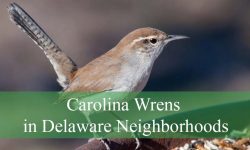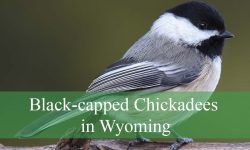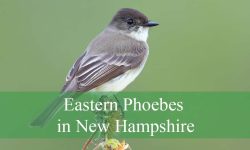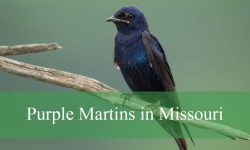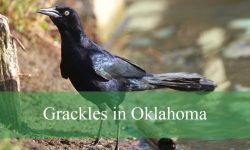Yellow bellied sapsuckers emerge as particularly intriguing woodpeckers within Vermont’s diverse forests. Their patterned plumage, rhythmic tapping, and unusual feeding patterns set them apart from other birds. Many Vermonters recognize their distinct drumming on trees but few understand the layers of behavior hidden behind those sounds.
Vermont’s cool climate, dense woodlands, and rich plant diversity create an ideal environment for sapsuckers to thrive. These birds migrate through the state, nest in its mature forests, and shape ecological relationships that ripple across entire ecosystems.
This article explores the truth about yellow bellied sapsuckers in Vermont. Their foraging habits, migration patterns, drumming behavior, nesting strategies, seasonal movements, and ecological roles reveal a bird far more complex than its quiet presence suggests.
Understanding Yellow-Bellied Sapsuckers in Vermont
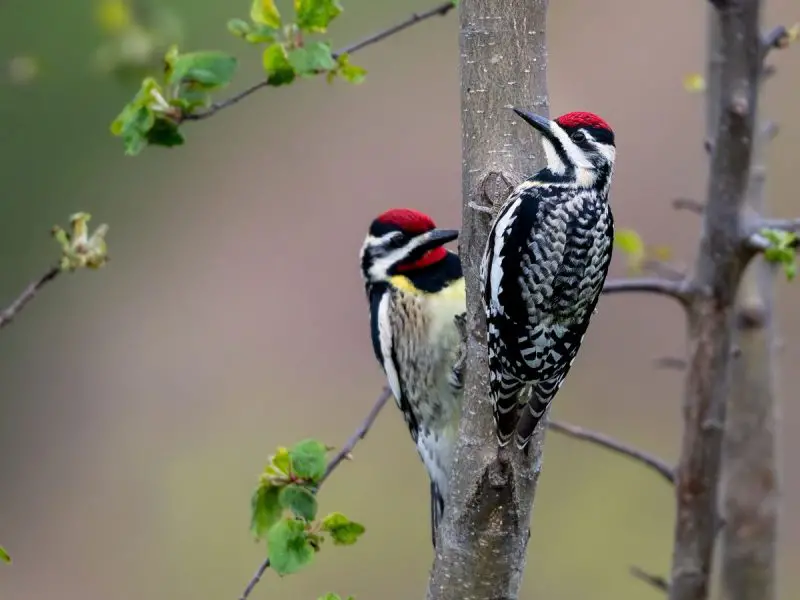
What Yellow-Bellied Sapsuckers Really Are
Yellow bellied sapsuckers belong to the woodpecker family and are scientifically known as Sphyrapicus varius. Their clean black and white plumage, bright yellow wash on the belly, bold red cap, and precise facial markings make them unmistakable in the field.
Unlike many woodpeckers that drill deep into wood for insects, sapsuckers specialize in creating sap wells. Their unique niche sets them apart in the avian world and shapes much of their ecological behavior.
Why Vermont Supports Strong Populations
Vermont’s forests contain maple, birch, aspen, pine, and hemlock. These trees are ideal targets for sap drilling. The state’s moist climate supports healthy tree growth which helps maintain an active sap flow. The combination of hardwoods and mixed conifer forests offers shelter, nesting sites, and abundant foraging opportunities.
Sapsuckers migrate, but many populations return to the same Vermont breeding territories each year.
Where They Live Across Vermont
They appear in forests, wooded wetlands, suburban edges, orchards, and mountain slopes. They thrive in places where live trees grow close together and sap flow is consistent. Vermont’s higher elevations offer excellent breeding habitat especially in mature hardwood forests.
Hidden Behaviors You Never Knew
Their Famous Sap Wells
Sapsuckers create sap wells that form neat horizontal lines across tree trunks. They revisit these wells daily and maintain them throughout the season.
This behavior not only feeds the bird but also supports dozens of other species.
Their Feeding Attracts Other Wildlife
Hummingbirds, warblers, insects, squirrels, and even bats visit sap wells opened by sapsuckers. These wells become micro ecosystems that benefit many organisms.
Their Drumming Patterns Are Unique
Sapsuckers use irregular drumming that includes pauses and varied rhythm. These patterns communicate territory boundaries and attract mates.
The sound echoes across Vermont’s spring forests.
Anatomy Designed for Their Lifestyle
Specialized Tongue
Their tongue is short and brush tipped which helps collect sap efficiently. It differs from the long spearing tongues of other woodpeckers.
Strong Chisel-Like Beak
Their beak drills shallow wells in living trees with precision. They rarely drill deeply. Their goal is to reach the outer sap layers.
Clawed Feet for Vertical Movement
Their four toed grip allows smooth climbing. Their stiff tail feathers provide balance as they drill.
Vibrant Plumage
Bright red caps and yellow belly patches serve as visual signals during courtship and territorial displays.
Feeding Habits of Vermont Sapsuckers
Sap Is Their Primary Food
Sap wells form the basis of their diet. The sugar rich sap fuels long migrations and energetic breeding seasons.
Insects Supplement Their Diet
Sapsuckers capture insects attracted to sap flows. This includes ants, beetles, and flies. They also pick insects from bark and leaves.
Fruit During Seasonal Peaks
In late summer and early autumn they feed on berries and soft fruits found in Vermont’s forests and orchards.
Seasonal Foraging Shifts
Spring provides sap and early insects. Summer increases insect abundance. Autumn transitions toward fruit. Winter sees most birds leave the state though a few may remain during milder years.
Why Sap Wells Matter
Micro Ecosystems in Tree Bark
Sap wells provide food for hummingbirds, bees, butterflies, and other birds. These animals time their visits carefully.
Helping Migrating Species
Ruby throated hummingbirds depend on sapsucker wells during migration. In some areas their survival is linked to active sapsucker territories.
Tree Responses
Trees often respond by increasing sap pressure. Some trees heal quickly. Others carry scars that record sapsucker activity through the years.
Sapsucker Migration and Seasonal Movements
Spring Arrival
Yellow bellied sapsuckers return to Vermont in early spring. Males arrive first to claim territories. Snow may still cover the ground but sap is already flowing.
Autumn Departure
They leave Vermont from late September through October. Some migrate along the Atlantic Coast while others fly inland toward the southeastern United States.
Migration Challenges
Sudden temperature shifts in Vermont can delay migration or alter routes. Despite these challenges sapsuckers remain consistent travelers.
Nesting Behavior in Vermont Forests
Choosing Nesting Trees
They prefer dead or partially decayed trees. Aspen, birch, maple, and beech are common choices. Soft wood allows easier excavation.
Excavating Nest Cavities
Both parents excavate but males often take the lead. Cavities take days or weeks to complete.
Egg Laying
Females lay four to six eggs. Incubation lasts nearly two weeks. Parents share incubation duties though females often take nighttime shifts.
Raising Nestlings
Parents feed nestlings a mix of sap, insects, and fruit. Young birds grow quickly and fledge after three to four weeks.
Juvenile Behavior
Fledged birds follow parents through the forest learning sap well maintenance and insect catching techniques.
Territorial and Courtship Displays
Drumming as Communication
Sapsuckers drum on trees, metal signs, or house gutters to announce territory ownership. Each bird has a characteristic rhythm.
Visual Courtship
Males bob their heads, flick their wings, and display bright throat patches during courtship.
Boundary Negotiation
Sapsuckers defend small territories centered around productive sap trees. Intruding birds receive quick chases and vocal warnings.
Sapsuckers Across Vermont’s Diverse Regions
Green Mountains
Mixed hardwood and conifer forests provide abundant nesting sites. Sapsuckers thrive especially in moist valleys and mid elevation forests.
Northeast Kingdom
Dense forests and cool climate make this region a major breeding stronghold.
Champlain Valley
Here sapsuckers mix natural habitats with orchard borders and maple groves.
Southern Vermont
Hardwood forests mixed with small farms create varied feeding opportunities.
Vocalizations and Sounds
Distinctive Meowing Calls
One of their most recognizable calls is a nasal meow that echoes through forest edges.
Complex Drumming
Their irregular drumming distinguishes them from downy or hairy woodpeckers. This drumming carries across long distances.
Communication Between Mates
Soft chirps help coordinate nest building, feeding schedules, and warning signals.
Ecological Roles of Sapsuckers in Vermont
Creating Resources for Other Species
Sap wells support dozens of animals especially hummingbirds and early arriving migrants.
Controlling Insect Populations
While sap is essential, sapsuckers also remove insects from bark and sap wells.
Influencing Tree Growth
Trees respond to sap wells with scarring patterns that reveal forest history. Repeated drilling can influence growth patterns but usually does not kill trees.
Interactions With Other Wildlife
With Hummingbirds
Hummingbirds follow sapsuckers closely. Some establish territories around sap wells.
With Warblers
Warblers capture insects drawn to sap wells creating brief feeding flocks.
With Squirrels
Squirrels occasionally drink sap from wells but sapsuckers defend their trees aggressively.
With Other Woodpeckers
Downy woodpeckers sometimes inspect sapsucker wells but rarely drill their own.
Misconceptions About Yellow-Bellied Sapsuckers
Myth: They Damage Forests
While their wells mark trees, they rarely cause long term harm. Forests adapt well.
Myth: Sapsuckers Eat Only Sap
They eat insects, fruit, and occasionally small buds.
Myth: They Are Rare in Vermont
They are widespread during breeding season.
Myth: They Are Noisy and Harmful
Their drumming is communication, not destruction.
Seasonal Rhythms in Vermont
Early Spring
Sapsuckers arrive as sap rises. Males stake territories.
Mid Spring
Nesting begins. Sap wells increase.
Summer
Parents feed nestlings and defend trees.
Early Fall
Birds prepare for migration shifting diets toward fruit.
Late Fall
Most leave Vermont except occasional lingering birds.
Sapsuckers and Vermont’s Maple Culture
Using Sugar Maple Sap
Sugar maples are favorite trees for drilling. Their sweet sap attracts many species.
Impact on Maple Groves
Most wells occur on forest maples rather than commercial groves. When present, sapsucker wells rarely affect long term productivity.
Cultural Significance
Many Vermonters associate the echo of spring drumming with the start of maple sugaring season.
Adaptability in Changing Climates
Warmer Springs
Earlier sap flow may alter arrival times. Sapsuckers may shift schedules accordingly.
Changing Forest Composition
If beech or birch decline, sapsuckers may depend more heavily on maples.
Migration Adjustments
Warmer autumns may extend their stay before migration.
Daily Life of a Yellow-Bellied Sapsucker in Vermont
Sunrise
Birds begin tapping fresh sap wells. Cool mornings maximize sap flow.
Midmorning
Insects arrive at wells. Sapsuckers capture them while maintaining fresh holes.
Afternoon
Birds rest in shaded branches then forage on berries or insects among leaves.
Evening
Activity slows. Sapsuckers return to roosts in tree cavities or dense foliage.
FAQs About Yellow-Bellied Sapsuckers in Vermont
Are sapsuckers common in Vermont
Yes. They are widespread during breeding season.
What do they eat
Sap, insects, fruit, and small arthropods.
Do they damage trees
Most drilled trees recover well.
When do they migrate
They arrive in early spring and depart in fall.
Do they drum like other woodpeckers
Yes, but their drumming rhythm is more irregular.
Can they be seen in winter
Rarely. Most migrate south.
Do they return to the same trees each year
Many reuse sap territories annually.
Conclusion
Yellow bellied sapsuckers in Vermont form an essential part of the state’s forest ecosystems. Their sap wells support countless species. Their nesting habits shape forest structure. Their drumming signals the arrival of spring. Their seasonal migrations connect Vermont’s forests to broader continental rhythms.
Understanding the truth about sapsuckers reveals a bird of remarkable complexity. Their behaviors, vocalizations, and foraging strategies enrich Vermont’s natural world in ways that few people ever notice. Observing them closely uncovers a hidden network of ecological relationships and a deeper appreciation for Vermont’s living forests.

